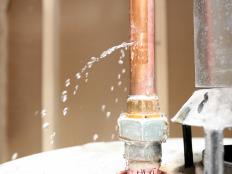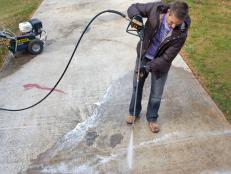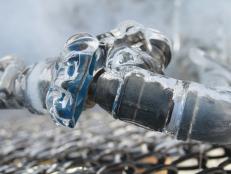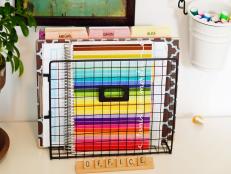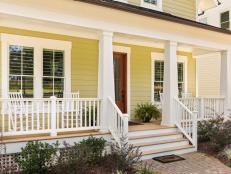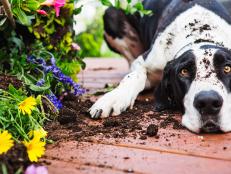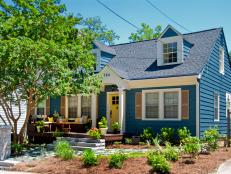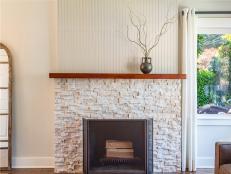How to Repair a Damaged Roof
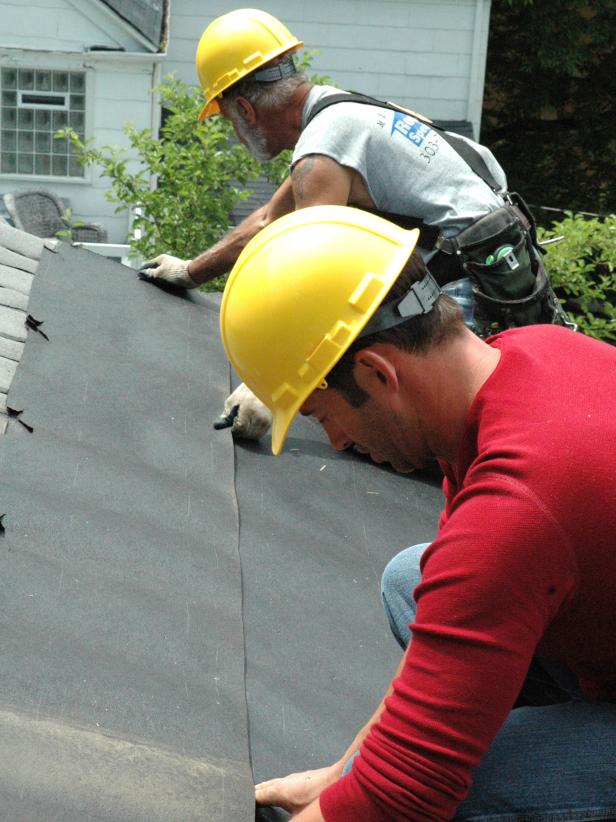
Materials and Tools:
1/2" plywood
felt paper
roofing shingles
roofing tar
galvanized roofing nails
nail gun
Steps:
1. Read these tips:
- When installing shingles, make sure the nails are embedded securely into the felt and sheathing. Over time, the sun’s heat will cause the roof and shingles to expand, making the nails pop out of place and thus increasing the risk of a leak.
- Because the roof is sloped, make sure you layer the shingles from bottom to top, overlapping the top set with the bottom. This will ensure your roof is protected from all the weather elements.
- If you do not own a nail gun, rent one. Most can be rented for about $20 a day. The gun usually comes with a measurement guide that can save a lot of time. The standard width between each row of shingles is 5 inches.
2. After cleaning the debris and reframing the roof, lay down a base (sheathing). Eight-foot, 1/2-inch-thick plywood is standard sheathing material. Measure the opening of the section of roof to be shingled, cut the plywood to size and nail to roof rafters. Stagger the sheathing in a brick pattern for extra strength. Do not place an entire 8-foot section of plywood onto roof. Such a long piece is structurally unstable in the middle. Continue to install in brick pattern, staggering the plywood seams until the open area is covered.
3. Start by stapling the 6-inch starter strip at the bottom section of roof leaving a 1-inch overhang on the eave to ensure drainage into the gutters. Going from bottom up, lay and nail the remaining felt layers with a 2-inch overlap. Be sure to nail the tar strip on each felt layer to ensure maximum hold.
4. Lay the first row of shingles starting at a bottom corner of the roof. Place a base row of shingles following the chalk lines on the felt and move upward in a pyramid shape. Use six nails per shingle to ensure maximum hold, and be sure to always nail on the tar strip. Continue working your way across and up the roof, following your initial pyramid base. If repairing a section of damaged roof, be sure you layer the existing shingles on top of the new. This will ensure a uniform and seamless look.






